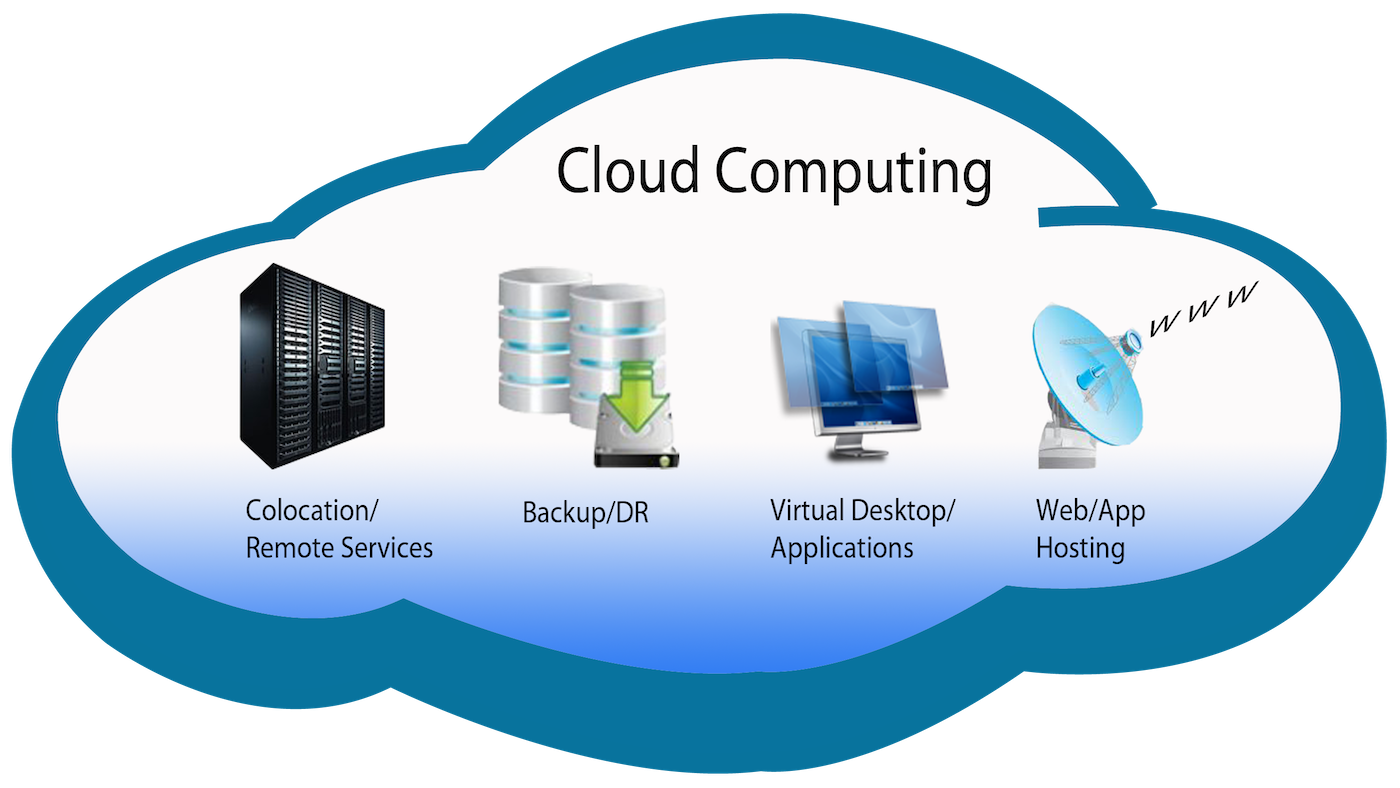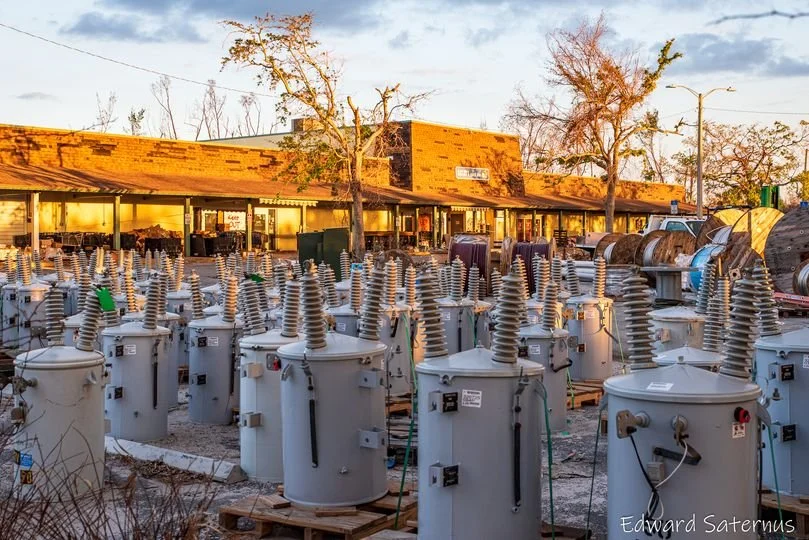
FERC and RUS Accounting for Electric Construction
Investing in technology tools for electric field construction will lead to immediate benefits
The adoption of technology and digitalization in the electric industry varies and doesn't always correlate with the size of the cooperative or utility. Regardless of the utility's size, implementing technology can enhance efficiency and address challenges such as record accuracy and staffing shortages.
Conservative Accounting - Best Practices for Your Financials and Ratepayers?
An overly conservative approach in accounting can result in missed opportunities to optimize business management and enhance customer service.
How can this lead to missing opportunities to improve cost recovery, stabilize revenues, and smooth customer rates?
Electric Construction Capital Budgeting
Creating a capital budget involves planning for significant long-term investments in assets or projects. Sounds easy?, but it is a combination of long-term forecasting of system needs, financing (debt and equity), and impact on rates. Here is a framework that is effective.
Five Reasons to Regularly Update Overhead Allocations
In the utility business, overhead costs can be greater than the direct costs of a project, i.e., labor and inventory. An effective overhead calculation process is one crucial factor in ensuring that infrastructure costs are recovered in customer rates.
FERC Issues Order 898 - New Accounts for Renewable Electric Assets
Electric utility finance and accounting professionals can rejoice! FERC has solved your dilemma regarding accounting for renewable energy fixed assets and the related software specific to each operational area.
With the issue of Order 898 - FERC has upgraded its chart of accounts to include the account number for:
- Solar production
- Wind production
- Other renewable production
- Energy storage
Great Fixed Asset Records - Developing Electric Standard Units Following FERC and RUS
Using FERC and RUS "standard units" in utility construction and accounting for construction cost processes is the foundation of electric rate recovery. This is Step 1 in the electric construction accounting process and this article walks you through the process.
AFUDC is a Key Construction Cost in the Power and Utilities Industry
The FERC defined allowance for funds used during construction (AFUDC) should be part of the cost of every electric project. This cost of capital, represents the investment the utility or electric cooperative is making in providing service to customers. The impact of not including all costs will be felt in future years when it is time for asset replacement. A utility could find itself in the position of not having recovered the total cost of assets in customer rates, thus not generating sufficient funds to pay for the replacement of the related assets. This article discusses the rate impact of including AFUDC.
How to “Shrink” Electric Fixed Asset Records to Build a Better Accounting Process
Using FERC and RUS accounting and best practices can provide a firm foundation for infrastructure costing and historical fixed asset reporting. Electric fixed asset records that are not accurate can have a negative impact on customer rates. This post discusses that linkage and how the issue may be resolved.








